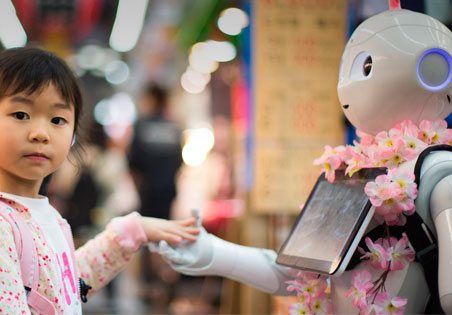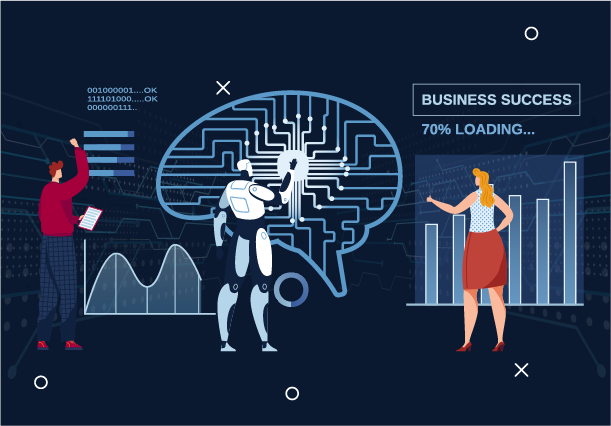Futuristic Foundations and AI’s Impact on Evolving User Experiences
Artificial intelligence (AI) represents a paradigm change in the constantly changing field of user experience (UX) design. In the past, the main goal of UX design has been to create interactions and interfaces that maximize user enjoyment and usability. But since AI for ux design has been around, there are a lot more opportunities to improve user experiences.
AI in UX design gives user interfaces a new level of intelligence and flexibility by allowing computers to pick up on user comments, preferences, and behavior.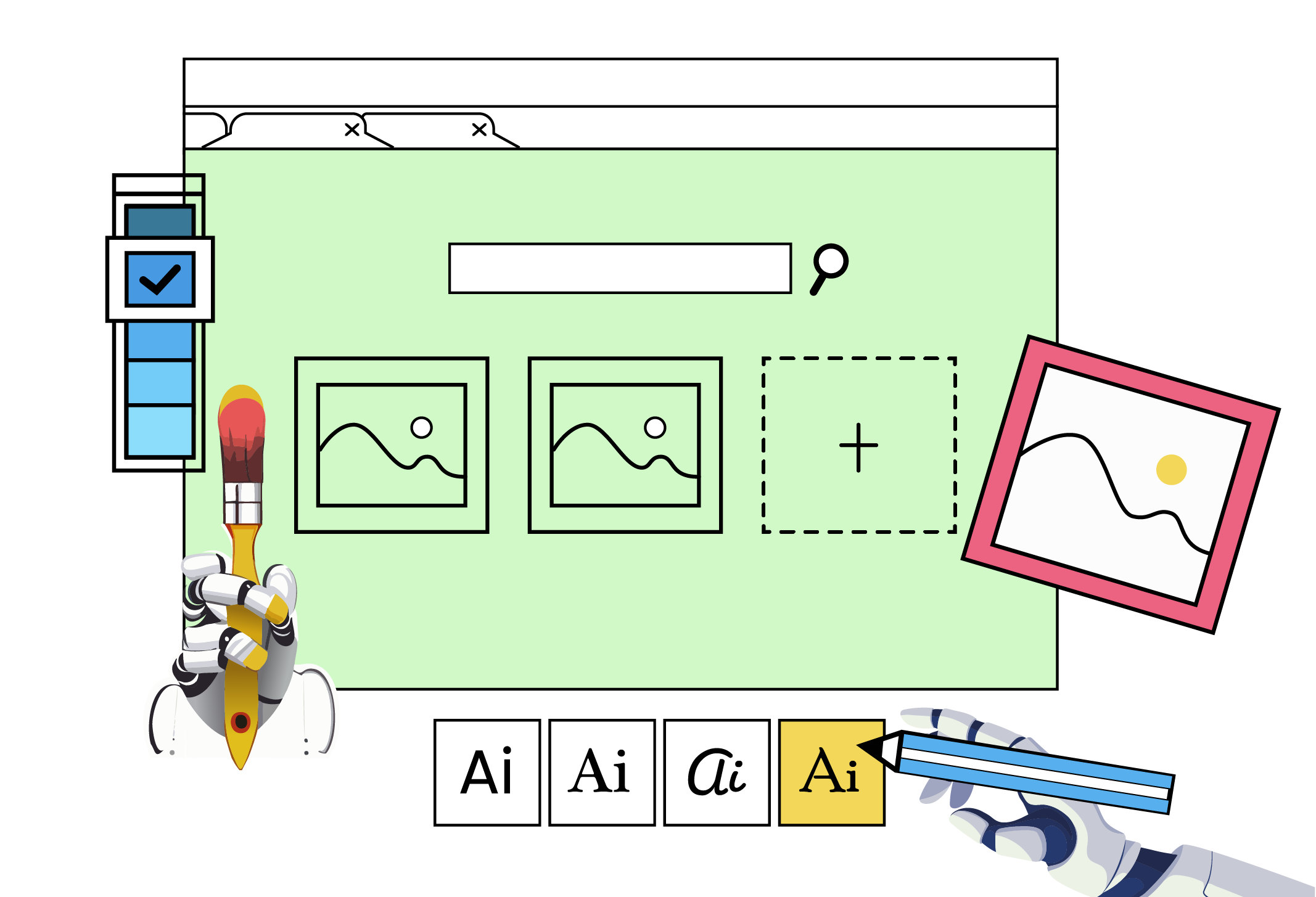 This enables interactions that are contextually relevant and tailored to each user’s requirements and preferences. AI-driven UX design is transforming how people interact with digital goods and services, from voice assistants and conversational interfaces to predictive analytics and intelligent suggestions.
This enables interactions that are contextually relevant and tailored to each user’s requirements and preferences. AI-driven UX design is transforming how people interact with digital goods and services, from voice assistants and conversational interfaces to predictive analytics and intelligent suggestions.
The topic statement, “AI UX Design’s Impact on the Future,” highlights how AI has the ability to drastically alter UX design in the future. It is anticipated that AI will have a deeper influence on UX design as it develops further, resulting in more immersive, intuitive, and anticipatory user experiences.
The goal and range of the conversation include analyzing the implications of AI for UX design, looking at new trends and technologies, and talking about the opportunities and problems that lie ahead. By exploring these facets, we hope to shed light on how artificial intelligence (AI) is changing the UX design landscape and what this means for digital experiences going forward. UX design is about to soar to new heights with AI at its core, providing consumers with more meaningful and captivating experiences across a broad spectrum of platforms and devices.
AI’s Impact on UX Design; Defining Concepts, Principles, and Technologies
The incorporation of artificial intelligence (AI) has brought about a significant transformation in the field of user experience (UX) design, altering the way designers envision and produce digital experiences. In order to fully comprehend AI UX design, one must appreciate the revolutionary potential that AI offers for the future of digital interactions, as well as the complex interactions that occur between technology and human-centered design concepts.
The concept and development of AI in UX design may be found in the early days of AI-powered systems, when algorithms were primarily used to automate routine chores and improve user interfaces. But, as AI technologies developed, their place in UX design grew to include increasingly sophisticated functions like natural language processing, predictive analytics, and personalization. These days, AI in UX design is synonymous with intelligent systems that are able to change and grow in response to user feedback, providing customized experiences that speak to each person’s unique tastes and habits.
The fundamental ideas and precepts of AI based UX design are what propel the development of clear and captivating user interfaces. Among these are the fundamentals of user-centered design, which emphasizes comprehending user requirements, objectives, and behaviors in order to guide design choices. 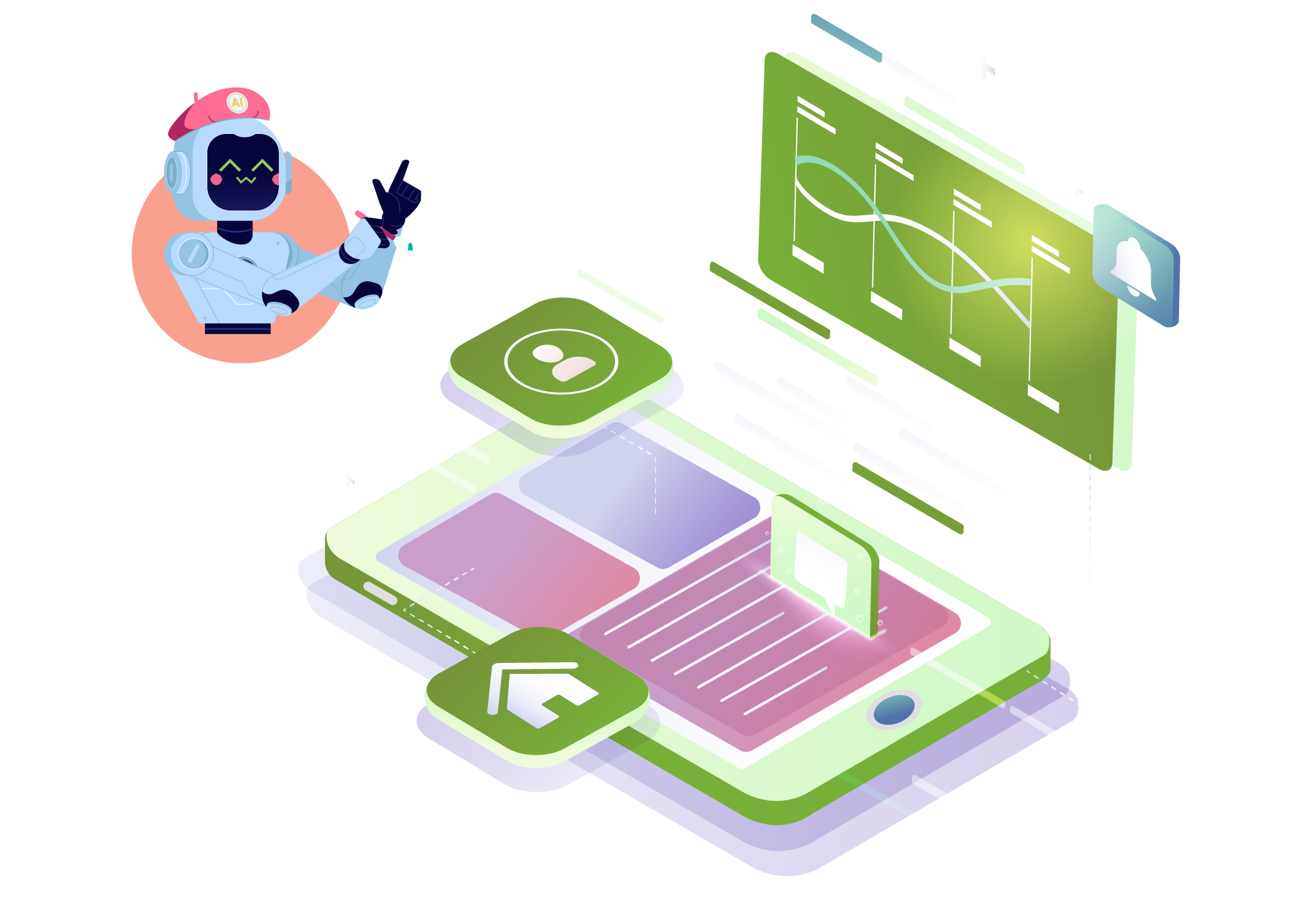 Furthermore, AI-driven UX design is greatly influenced by ideas like machine learning, cognitive computing, and human-computer interaction, which allow systems to learn from user interactions and make wise decisions on their own.
Furthermore, AI-driven UX design is greatly influenced by ideas like machine learning, cognitive computing, and human-computer interaction, which allow systems to learn from user interactions and make wise decisions on their own.
Many AI-driven UX design solutions rely on basic technologies like machine learning and natural language processing (NLP). Large-scale datasets are analyzed by machine learning algorithms to find patterns and trends, which helps systems make predictions and decisions based on data. Conversely, natural language processing (NLP) makes it possible for computers to comprehend and interpret human language, allowing for smooth communication between chatbots, virtual assistants, and voice-activated interfaces.
To fully utilize AI in creating engaging and user-friendly digital experiences, designers and developers must have a thorough understanding of the nuances of AI UX design. AI technology may be embraced by UX designers and strategically incorporated into the design process to provide experiences that are not just aesthetically pleasing but also intelligent, adaptable, and user-focused.
AI’s Transformative Applications with Chatbots for Enhanced Interactions by Revolutionizing UX
Artificial intelligence (AI) has become a game-changer in the ever-evolving field of user experience (UX) design, radically altering how customers engage with digital products. Using chatbots—AI-powered virtual assistants that can converse with users in natural language—into UX design is one of the most effective ways to incorporate AI. With its capacity to provide instantaneous responses, tailored support, and seamless experiences across several platforms, this cutting-edge technology has the ability to completely change how people interact with digital interfaces.
Chatbots use artificial intelligence (AI) algorithms to assess user preferences, behavior patterns, and contextual data, enabling a new degree of personalization and customisation in UX design. Chatbots can provide assistance, product recommendations, and relevant material that are customized to each user’s needs, preferences, and interests through personalized chats and recommendations. By improving user happiness, engagement, and loyalty, this tailored strategy eventually improves corporate results.
Chatbots with AI capabilities anticipate user requirements and behaviors by utilizing machine learning algorithms and predictive analytics. Chatbots may anticipate user preferences and intentions by evaluating previous interactions, browsing history, and demographic information. This enables them to provide pertinent information, recommendations, or support before users even communicate their wants. This predictive capability streamlines procedures, lowers friction, and provides proactive solutions to improve the user experience.
Chatbots function as virtual assistants that enhance user engagement with digital interfaces by offering real-time assistance, direction, and information retrieval via natural language dialogues. 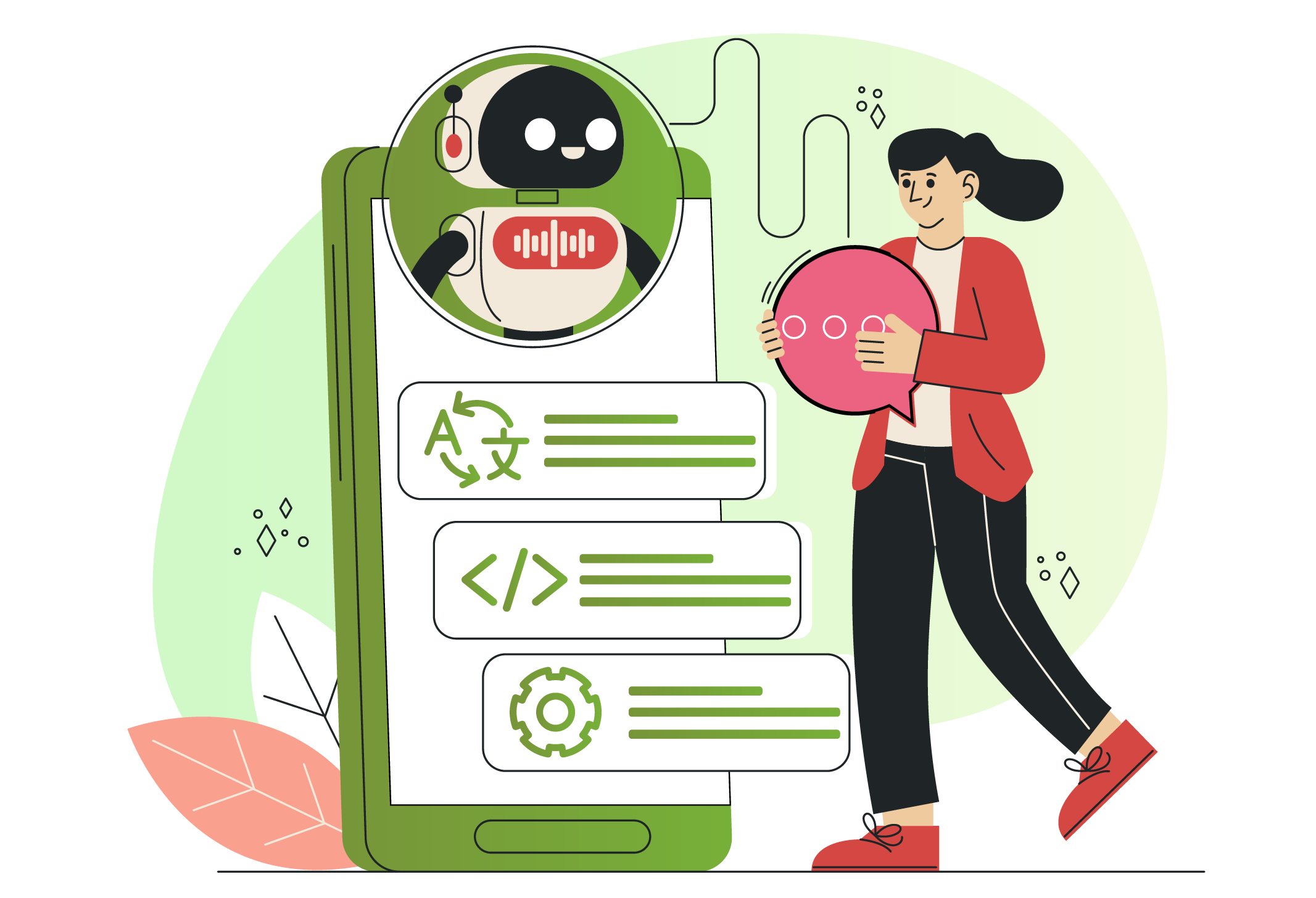 When it comes to answering questions, finishing tasks, or resolving problems, chatbots provide a practical and effective means for users to achieve their objectives without requiring complicated interfaces or human participation. Positive outcomes for organizations and brands are driven by this smooth and conversational interaction paradigm, which encourages user engagement, contentment, and retention.
When it comes to answering questions, finishing tasks, or resolving problems, chatbots provide a practical and effective means for users to achieve their objectives without requiring complicated interfaces or human participation. Positive outcomes for organizations and brands are driven by this smooth and conversational interaction paradigm, which encourages user engagement, contentment, and retention.
With revolutionary applications that improve user interactions and experiences, the incorporation of AI-powered chatbots marks a huge development in UX design. Chatbots are revolutionizing the digital world with their personalized help, conversational interfaces, and predictive analytics. They enable businesses to provide smooth, effective, and user-focused experiences that foster engagement, loyalty, and success. Chatbots will become more and more important in influencing AI for UX design in the future, spurring innovation, and expanding the definition of user experience as AI develops.
Sailing the AI UX Seas with Ethical Dilemmas, Privacy Puzzles, and Innovation Isles
We come across several possibilities and difficulties that influence our path as we navigate the AI-driven UX world. The use of AI tools for UX design poses a number of ethical issues, including data usage, user permission, and algorithmic biases. In order to guarantee that AI-driven experiences prioritize user well-being and uphold the values of justice, transparency, and accountability, designers must carefully negotiate these moral conundrums.
As user data collection, processing, and storage become essential to AI-powered UX design, worries about data privacy and security loom large. Ensuring user privacy and preventing sensitive information from being misused or breached is of utmost importance. This calls for strong security protocols, data encryption, and adherence to privacy laws like the CCPA and GDPR.
As AI opens up new avenues for improving user experiences, these obstacles also present chances for innovation and progress. AI-driven UX design provides previously unheard-of levels of convenience, customisation, and engagement through offerings like adaptive interactions, immersive interfaces, and predictive analytics and tailored suggestions. Designers can steer towards a future where digital experiences are inclusive, empowering, and enriching for all users, in addition to being intelligent and intuitive, by utilizing AI safely and ethically.
Charting the AI UX Course with Pioneering Technologies, Sector Impacts, Human-Centric Design
While AI opens up new avenues for improving user experiences, there are also potential for innovation and advancement within these difficulties. AI-driven UX design opens doors to previously unheard-of degrees of personalization, ease, and engagement. Examples include predictive analytics, personalized suggestions, immersive interfaces, and adaptable interactions. Through the responsible and ethical utilization of AI, designers may steer the direction of digital experiences that are inclusive, empowering, and enriching for all users, in addition to being intelligent and intuitive.
The importance of human-centered design does not, however, diminish in the face of technical innovation’s enthusiasm. The human touch is even more important in the world of AI-driven UX, where automation and algorithms are king. By ensuring that technology meets user needs, preferences, and wellbeing, human-centered design principles promote diversity, empathy, and trust in digital interactions. AI-driven UX solutions that are not just clever and effective but also intuitive, approachable, and empowering may be made by designers by putting users at the center of the process and giving priority to their experiences and viewpoints. This makes human-centric design the compass that directs the development of AI UX design, guaranteeing that technology advances humankind and produces beneficial, significant results for both individuals and communities.
AI’s UX Journey to Success by Reflecting, Recommending, Partnering with Pattem Digital
The exploration of AI’s impact on UX design has been both illuminating and revolutionary. We’ve looked at the development of AI in UX, as well as its uses, difficulties, and potential directions. The significance of privacy protection, ethical considerations, and human-centered design principles in AI-driven UX are among the important lessons learned. In the future, AI will continue to influence UX design by providing immersive, personalized, and easy-to-use experiences. Pattem Digital as an AI development company is prepared to take the lead on this adventure by utilizing our knowledge of AI and UX design to create cutting-edge solutions that improve user experiences and promote corporate success. Come along with us as we explore the next frontier of AI-driven UX design.




